 ALBUQUERQUE -- "There's been a lot of talk recently about increasing U.S. domestic oil production, and one might think New Mexico — the sixth-highest oil-producing state in the nation — would be a candidate for helping fill the order. But for reasons ranging from a dearth of drill rigs to a lack of promising land, don't expect a flood of black gold out of the Land of Enchantment.
ALBUQUERQUE -- "There's been a lot of talk recently about increasing U.S. domestic oil production, and one might think New Mexico — the sixth-highest oil-producing state in the nation — would be a candidate for helping fill the order. But for reasons ranging from a dearth of drill rigs to a lack of promising land, don't expect a flood of black gold out of the Land of Enchantment."Even if you had the land, the projects, the rigs and the manpower, I don't see any significant increase in production," said Bob Gallagher, president of the New Mexico Oil and Gas Association..
That's at least in part due to increasing opposition to oil and gas development, and not just by environmental groups. Ranchers, rural residents and now sportsmen are saying they don't accept the idea of energy development at any cost.
President Bush in June called for the country to start producing more oil, saying it was necessary to help bring down the price of crude oil imported from elsewhere in the world. His plan focused on tapping the vast oil shale reserves of the Rocky Mountains, resuming offshore drilling, opening the Arctic National Wildlife Refuge in Alaska and increasing refinery capacity.
Skeptics (environmental groups, energy wonks and The Wall Street Journal) say such measures would do little, if anything, to reduce the worldwide price of oil. And they argue that rather than making more territory available to the oil industry, the nation should require companies to use the millions of acres already under lease.
New Mexico seems like a logical place to look for additional oil. It's been a player in the oil industry since the early 1920s, when the first major wells hit pay dirt in the Four Corners region. Within a decade the state was among the top 10 domestic oil producers, and it still is. It's sixth in oil production, and fourth in the nation in oil reserves. In 2006, according to the state Energy, Minerals and Natural Resources Department, oil wells in southeastern and northwestern New Mexico pumped 60 million barrels.
(To put that in perspective, the United States' total domestic production that year was 1,860 million barrels, including 270 million barrels from Alaska.)" More of the article and oil shale facts and references >>>>

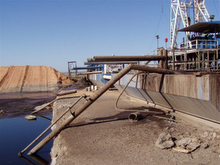



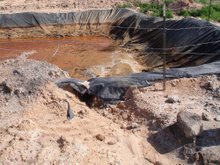

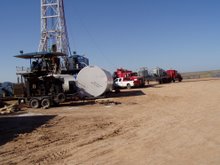
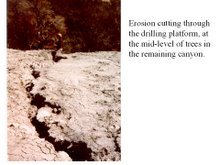
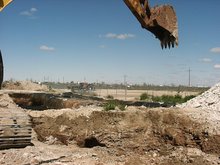

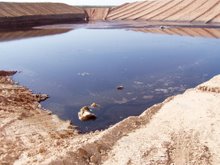
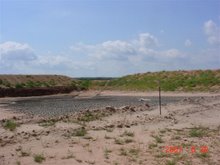
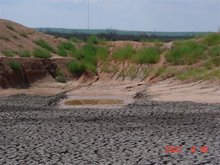
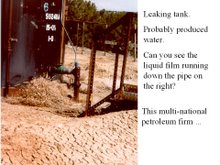
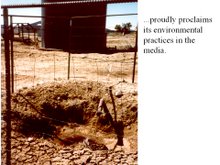
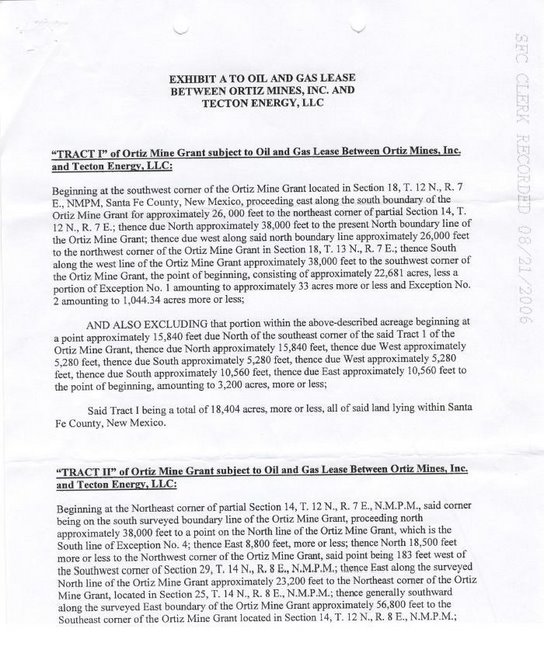
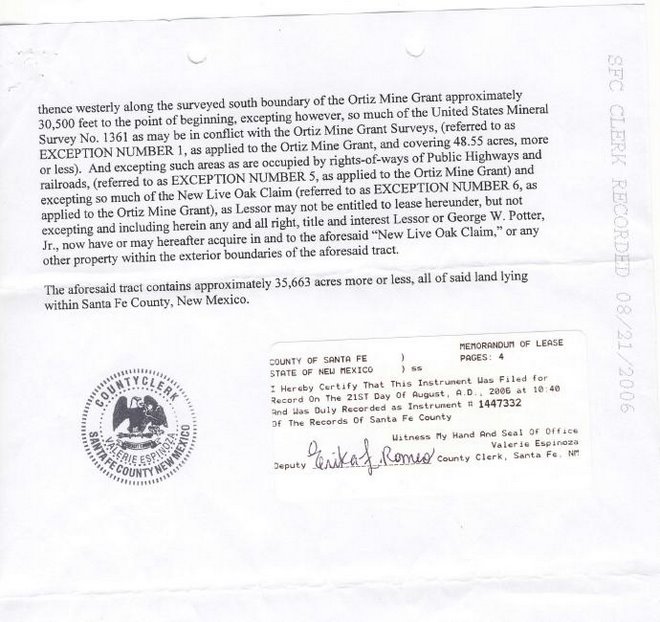
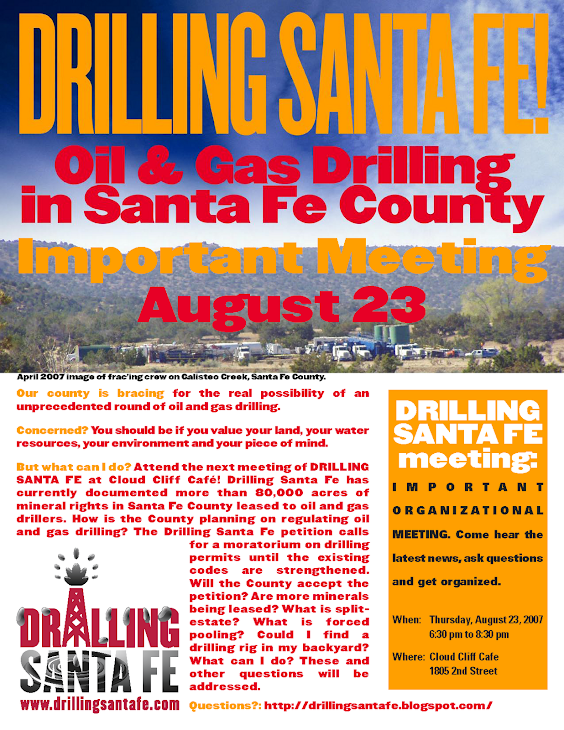

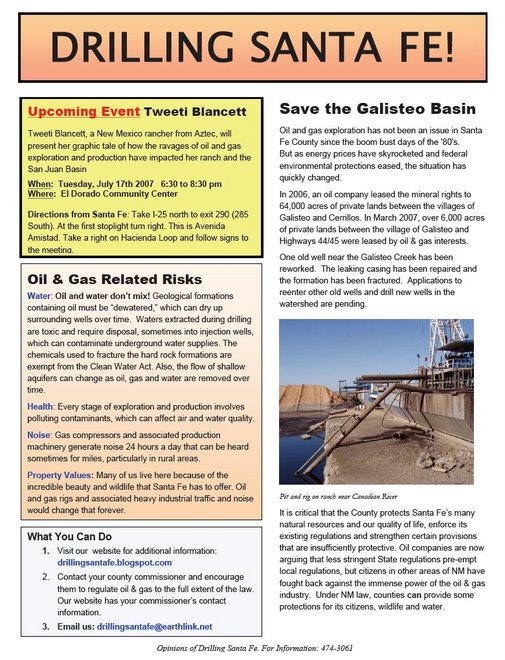

No comments:
Post a Comment